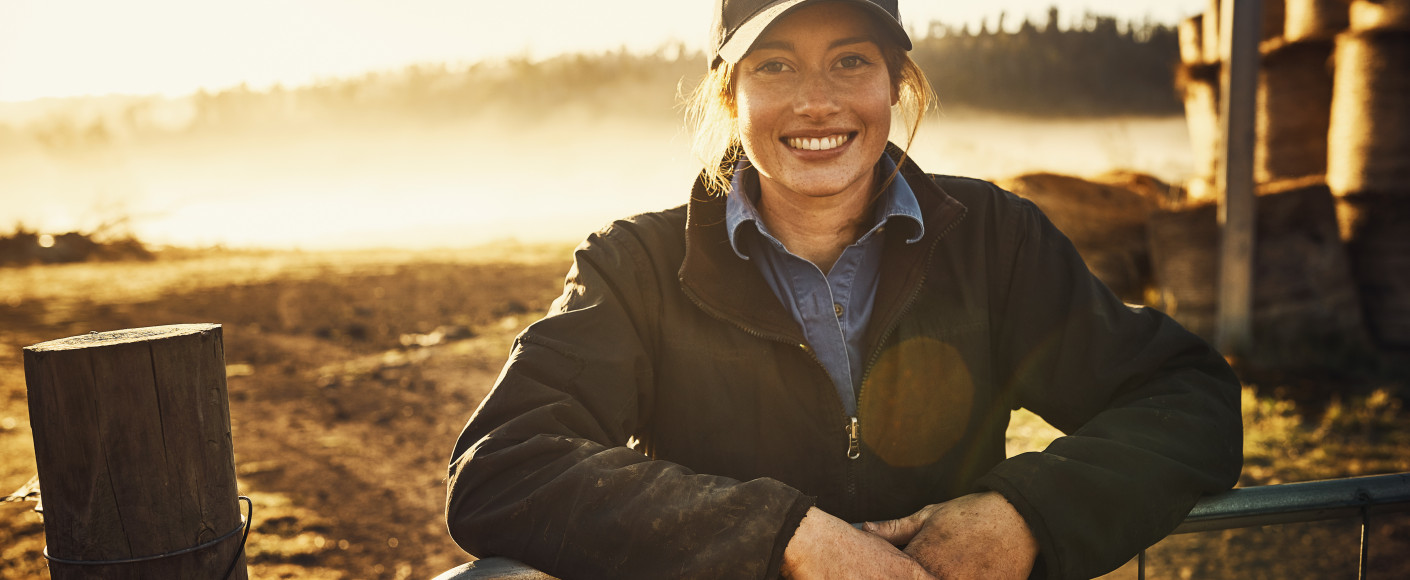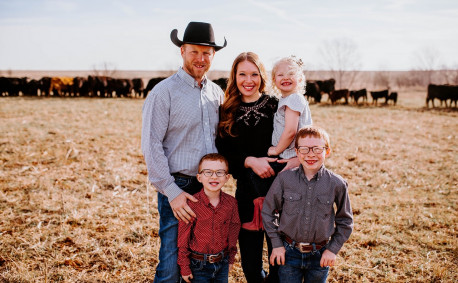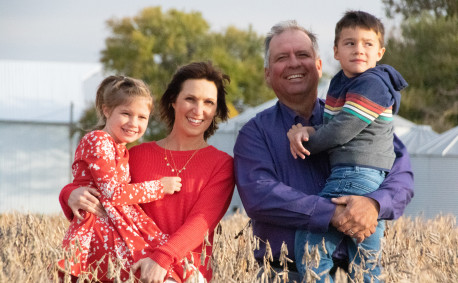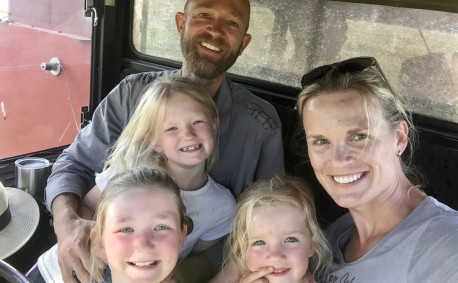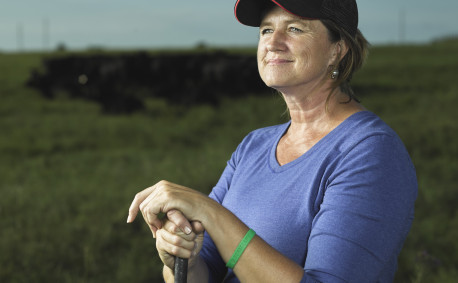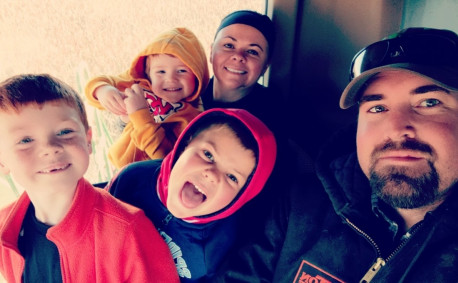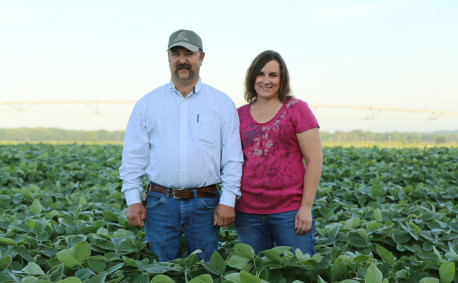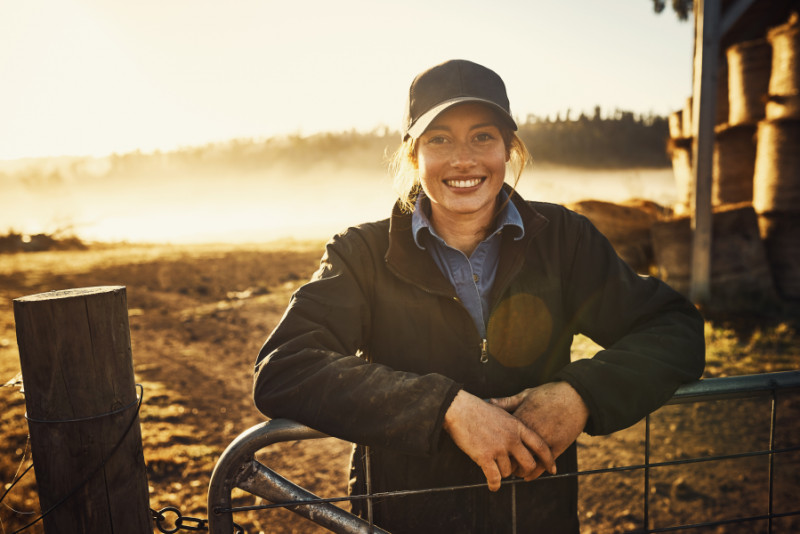Women on the Farm
We all know women can do any job. But, as in other fields — both literal and figurative — farming is stereotypically seen as a man’s job, even though women have done every type of work people do on farms for centuries.
Let’s dig into women’s work on the farm historically, meet a few farmers in Kansas, discover organizations supporting women in agriculture and learn how important women are in farming today.
History of Women on the Farm
Since the birth of the United States — and before, but let’s focus on our home turf — women have helped run family farms across the country. Many small operations relied on mothers, sisters and daughters to pitch in when harvest or other seasonal activities rolled around.
However, not until World War II did women really start to get credit for their work on the farm.
The Bureau of Agriculture Economics estimates more than 2 million men left jobs on the farm to join the war effort between 1940 and 1942. That’s a lot of empty boots to fill! The women who held down the home front would end up feeding our nation and our troops.
Food production during the war was crucial. Not only were farmers responsible for feeding Americans at home, they also needed to provide nourishment to our soldiers and allies on the front lines.
Because of the need for increased food production and the shortage of male workers, our government established the Women’s Land Army of America, which trained women in farm work and aimed to recruit as many as possible.
So important was agriculture, President Roosevelt delivered a speech to drive the point home.
“All over the world, food from our country’s farms is helping the United Nations to win this war.” President Roosevelt
The women of the United States stepped up to the (dinner) plate, with an estimated 2.5 million participants in the Land Army.
Of course, the effort was successful, and the Allied forces eventually won the war. After the war ended, the Women’s Land Army of America was disbanded, but the number of women in agriculture has only increased since then. Today, more than half of the farms in the United States have at least one female producer.
Meet Real Farmers in Kansas
Now we know how women got involved in agriculture on a national scale, so let’s zoom in and meet some successful Kansas farmers.
Brandi Buzzard Frobose
Brandi works on a farm near Greeley with her husband and daughter. She gained national attention when she wrote an open letter to a congresswoman about cow flatulence and its contribution (or rather, non-contribution) to climate change.
Caitlin Henderson
Caitlin transitioned to farm life after marrying her husband. Her faith and trust in God helped her embrace the farm, and now she sees the beauty in it every day.
Jessica Gigstad
A local TV show host and blogger, Jessica homeschools her children and uses her love of food to create tasty recipes.
Frances Graves
A former vegetarian, Frances’ work on the farm made her realize how compassionate people who raise livestock really are. Today, she knows farming is her purpose.
Organizations Supporting Women in Agriculture
These groups make it their mission to promote and support female farmers.
- Women in Ag: Housed under the United States Department of Agriculture, Women in Ag provides resources, information and networking opportunities for female farmers.
- American Agri-Women: This is the largest coalition of women farmers, ranchers and agribusiness professionals in America. Kansas was one of the first states to join!
- Women Managing the Farm: Offering training sessions, resources, ways to connect and more, Women Managing the Farm aims to give women in agriculture the tools they need to succeed.
Facts About Women in Farming Today
The most recent Census of Agriculture data shows:
- There are more than 1.2 million female farmers in the United States.
- More than half of the farms in the United States have at least one female decision maker.
- Arizona has the highest percentage of female farmers at 49%.
- Nine percent of farms in the United States are run exclusively by women.
- Texas has the largest number of female farmers at 156,233.
- From 2012 to 2017, the percentage of female farmers in the United States increased by 27%.
- Thirty-six percent of all farmers in the United States are female.
Talk about girl power! Here’s to the women on farms across the country who put food on our tables.

